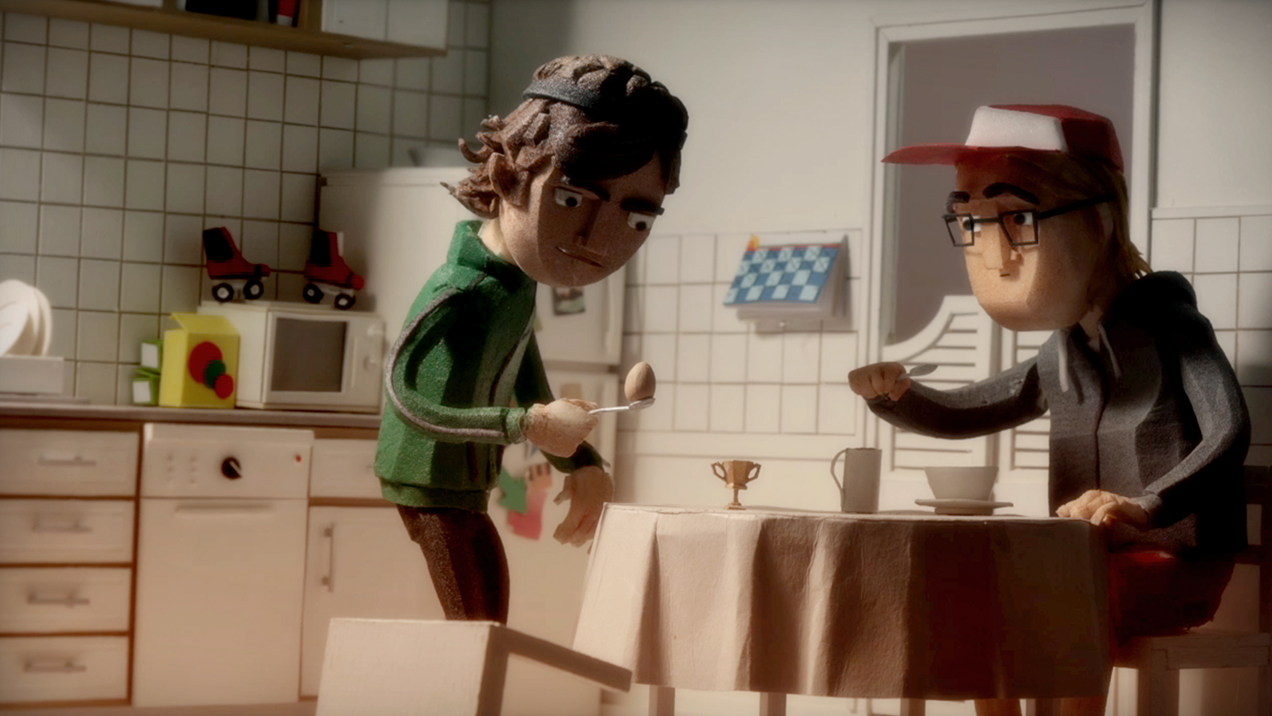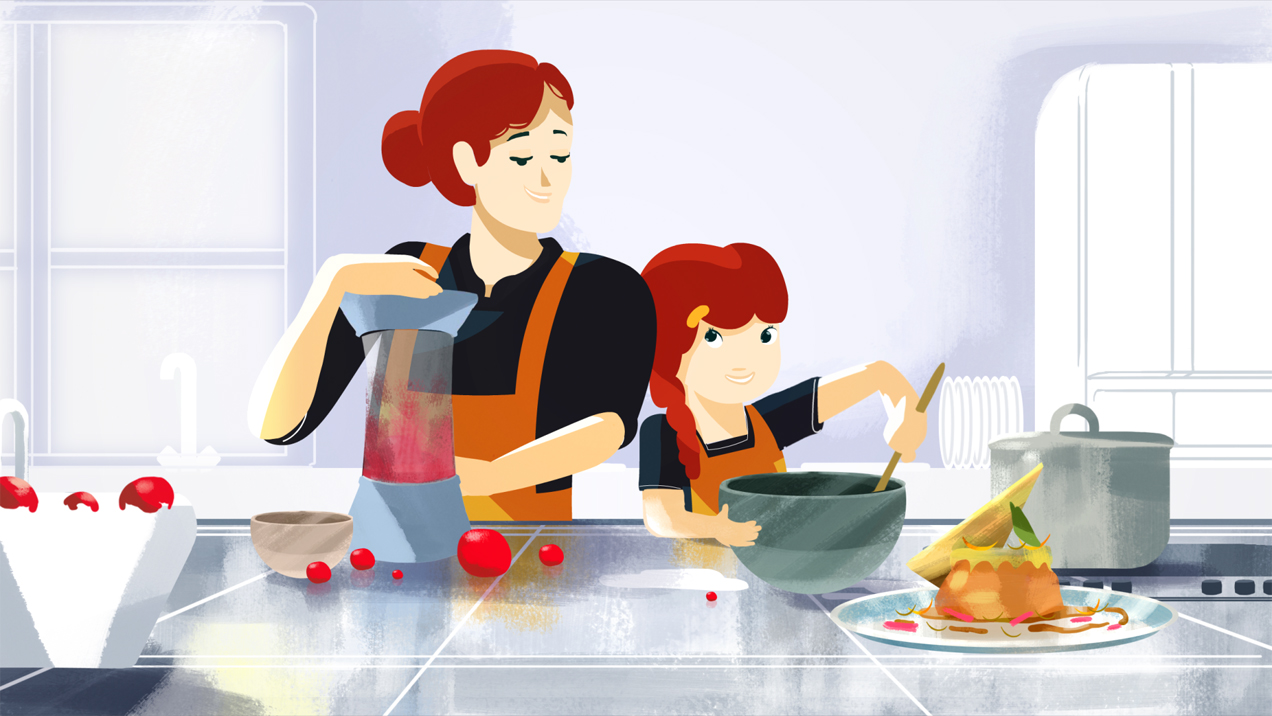Thoughts on Storytelling

onedotzero: Nike Make It Count
What’s the best approach for storytelling? Shane RJ Walter, Co-Founder and Creative Director of onedotzero noted down these tips at the request of an agency client, who in turn wanted to ‘enlighten’ their client for a new brief.
These ‘lessons’ or ‘tips’ could relate to storytelling scenarios across most media. These are general rules – like all rules some are good to break – if you understand what and why you are breaking them. Some relate to more literary creations or scripts but most can be applied to film, animation, comics and more. There is no particular order of importance. Some are common and often quoted, common sense perhaps – but everyone will have their own take and versions – there is no holy Top Ten in other words. Here are 20 to consider, debate, discard, utilise or reinvent.
- Keep it simple
You don’t have to tell everything or indeed the whole story. Remove and simplify things to get to the essence and core of the story. Only tell what’s critical. “Less is more” as the designer, Dieter Rams famously said. It will help focus – even if it means cutting something that you love.
- Know your audience
Who is this for, what kind of person is this really aimed at. Knowing your audience helps you to tell the story in the best way for your target or ideal viewer in mind.
- Pacemaker
Pacing… is a very important element to a good story. Slow enough to be understood and easily absorbed but quick enough to maintain engagement and momentum. From cliff-hangers to rollercoaster ride action; much of this is in the pacing.

onedotzero: NEC animation
- Feelings
A well told story doesn’t need to reiterate or summarise points at each ending. There should be no moralising or telling people how they should feel at the end of what you have told them. It should be implicit in the story and that should be enough to persuade them.
- Part Players
Let your audience be part of the process by having them fill in a few gaps in the story. Treat them with respect as intelligent, interested people. They will enjoy it, be better connected and like the story more.
- Visuals
Allow the visuals to do a lot of work; they can often convey complex and lengthy ideas in a quick visual. “A picture tells a thousands words” Oh yes it does!
- No Showing Off
Keep in mind at all times what’s interesting for the audience – not fun for the storyteller, writer or filmmaker to do. You don’t need to show off your skills or how brilliant you are to tell a great story.
- Happy Endings
Endings are harder than the middle and indeed the start. Spend more time on the how you want to finish – the crescendo or final element you want to leave people with. It’s not to say the start is not important – the open needs care and attention too. Oh and don’t forget that tricky middle bit.
- Use What You Don’t Like
If you don’t know what you like or want to say exactly – think about what you definitely don’t like or want to say or show. This helps in narrowing down your options and to get closer to what you think will be right for your story.
- First Ideas
Don’t get hung up on the first ‘right’ idea. You may have the essence in your initial response but then you need to craft it. Add surprise and get the obvious out of the way.
- Why tell it?
Why must this story be told? What’s the burning desire to tell and the belief behind the story? What is the heart of the idea, it’s essence? This will allow you to be economical with the information and build up from there.
- Be Honest
Honesty lends credibility to unbelievable scenarios and situations. Ask yourself how would you really feel about what you are trying to tell if you were the audience. It will aid in making the audience more empathetic to the story.

onedotzero: Panasonic Co-Creation
- Rooting for the cause
Give clear reasons for the audience to get behind the message and root for the character, cause or idea.
- Structure
Structure matters – have one for your story so you don’t meander about. This also means you can ensure better timing and key points are covered off – controlling when and what your audience will see and hear in the story arc.
- Track Your Audience
Track how your audience [ideally] feels at all times along the story journey. They will be more connected throughout and you can ensure they are in the right mood. Follow your audience so they can follow your story.
- People v People
People connect with people – how can you personalise your story to get people to be involved on a human, emotional level. It could be easier if you focus on the people and or character involved.
- Care
Make people care – stories can stir your emotions – so they are worth your attention – telling the truth helps.

onedotzero: Design Museum Moores Law
- Show don’t tell
If you show an image or sequence that is visually descriptive rather than a lengthy explanation, the audience can feel the situation and therefore become more involved in the story.
- Stay in character
Understand the character before developing the action. This will allow you to understand their motivation, which informs what and how they say and behave. They stay in character and are therefore more authentic and believable.
- Sounds Good
Audio and voice quality is vital. You can watch a bad picture with good audio but watch a good picture with poor sound and you will switch off. Sound is of paramount importance, possibly more than the images. Radio often creates the most amazing visuals…
onedotzero Shane RJ Walter is Varoom‘s contributing editor for Motion
Back to News Page

